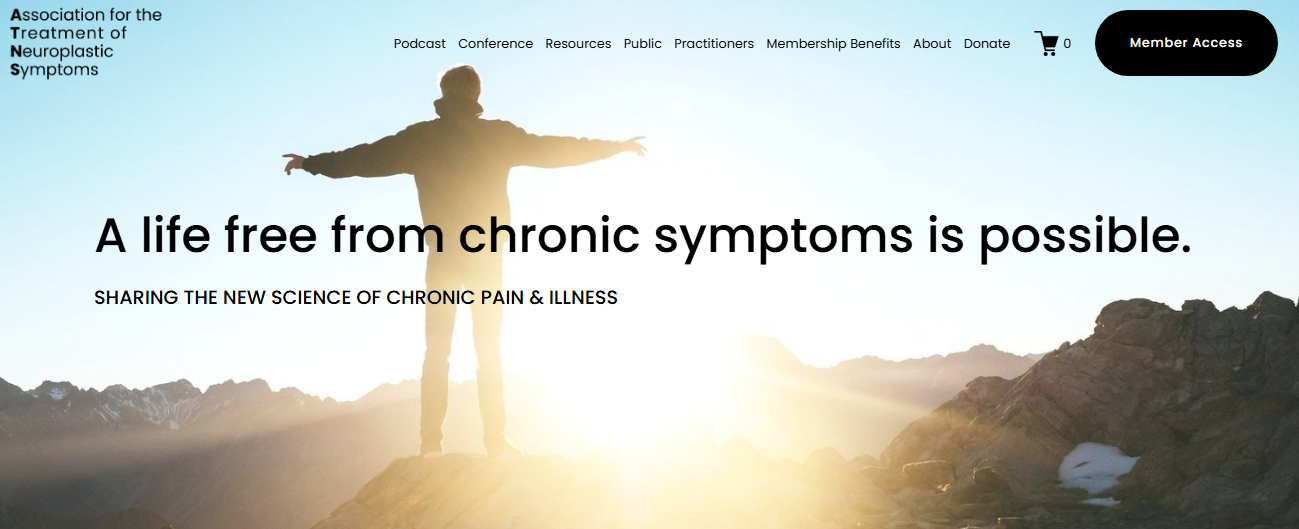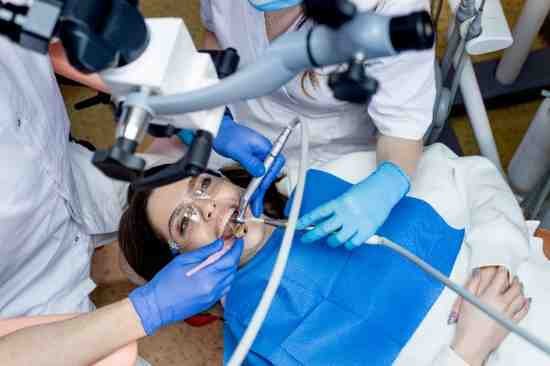Chronic pain affects millions of people worldwide, often becoming a debilitating part of their daily lives. For years, the conventional approach to managing chronic pain focused on medication, rest, and avoiding activities that might worsen the condition. But in recent years, neuroplastic recovery therapies are changing the way healthcare professionals and patients understand and treat chronic pain and this begins with Pain Neuroscience Education (PNE).
This innovative method goes beyond symptom management. It empowers patients with knowledge about how pain works, helping to reshape their beliefs and behaviors in ways that promote chronic pain recovery and resilience.
What Is Pain Neuroscience Education?
Pain Neuroscience Education is a therapeutic approach that teaches patients about the biology and neurophysiology of pain. The idea is simple yet profound: when people understand what pain is—and what it isn’t—they can begin to experience it differently.
Traditionally, pain has been viewed as a direct result of tissue damage. However, modern neuroscience tells us that pain is not just a physical sensation—it’s a complex experience produced by the brain in response to perceived threats. This means pain can persist even after tissues have healed, especially if the nervous system has become hypersensitive.
PNE explains this process to patients using accessible, metaphor-rich language. It often involves visual aids, stories, and real-world analogies to help people grasp the idea that pain is a protective mechanism, not always a sign of ongoing harm.
Why Understanding Pain Matters
Many people with chronic pain believe something in their body is “broken” or “damaged.” This belief can lead to fear, avoidance of activity, and a sense of helplessness—behaviors that can worsen chronic pain over time.
Pain neuroscience education addresses these fears directly. By learning that pain doesn’t always equal injury, patients begin to move, exercise, and engage in life again without the paralyzing fear of causing more damage. This shift in perspective is often the first major breakthrough in their recovery journey.
The Science Behind It
Research on Neuroscience pain education has shown promising results. Studies have demonstrated that patients who receive pain neuroscience education experience:
- Reduced pain intensity
- Improved function
- Lower levels of fear-avoidance behavior
- Increased participation in physical therapy and exercise
- Enhanced quality of life
One of the key concepts contributing to PNE’s success is neuroplasticity—the brain’s ability to change and rewire itself. When patients change how they think about pain, it can literally alter how their brain processes pain signals. Over time, this can reduce the sensitivity of the nervous system and promote more accurate, less threatening pain responses.
Integrating PNE into Chronic Pain Treatment
Pain neuroscience education isn’t a standalone treatment—it’s typically integrated into a broader, multidisciplinary approach called Neuroplastic Recovery Therapy. This might include:
- Physical therapy with graded movement and exercise
- Mindfulness and relaxation techniques to calm the nervous system
- Medication management, when appropriate
- Pain Reprocessing Therapy to shift attention to the deeper causes of pain or illness
- Emotional Awareness and Expression Therapy to uncover and verbally express repressed negative emotions that are causing neuroplastic symptoms
The goal is not just to reduce pain, but to restore function and improve quality of life. PNE sets the stage for this by changing the way patients approach their condition—turning confusion and fear into understanding and empowerment.
A Patient-Centered Approach
One of the greatest strengths of pain neuroscience education is its emphasis on the patient experience. It acknowledges that chronic pain is not just a physical issue—it’s emotional, social, and psychological too.
By validating the patient’s pain while also offering a hopeful explanation for it, PNE reduces stigma and isolation. Patients often feel deeply relieved to learn that their pain is real—even if doctors haven’t found a specific structural cause—and that it can get better with the right strategies.
Real-Life Impact
Patients who undergo PNE often report life-changing results. They begin to walk without fear, return to work or hobbies they had abandoned, and rely less on medication. They feel more in control of their health and more confident in their body’s ability to heal and adapt.
Clinicians also report improved patient engagement and adherence to treatment plans. When people understand why they’re doing certain exercises or therapies, they’re more likely to stick with them and see results.
Looking Ahead
Pain neuroscience education is still gaining traction in the broader medical community, but its momentum is undeniable. As awareness grows, more clinicians are being trained in PNE techniques and incorporating them into practice.
The future of chronic pain care is likely to be more holistic, with PNE playing a central role. By shifting the focus from simply treating symptoms to understanding the underlying mechanisms of pain, this approach offers a path toward long-term recovery—and a better life—for countless people.
Conclusion
Pain neuroscience education is transforming the way we understand and treat chronic pain. By teaching patients how pain works, it replaces fear with knowledge and empowers individuals to take an active role in their recovery. Combined with other therapies, PNE offers a scientifically grounded, compassionate, and hopeful approach that is changing lives—one story at a time.
Check Also: EHR Data Migration Services for Healthcare IT















Leave a Reply